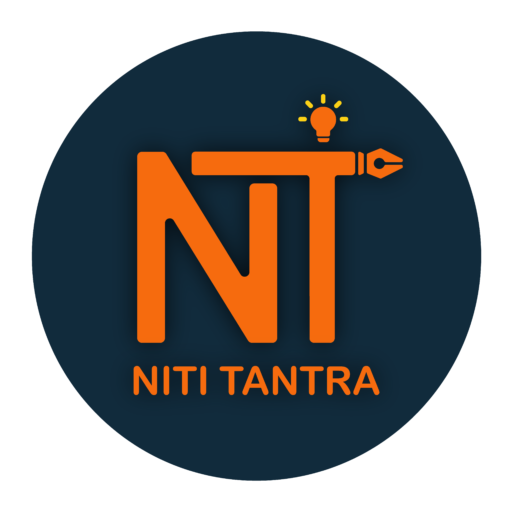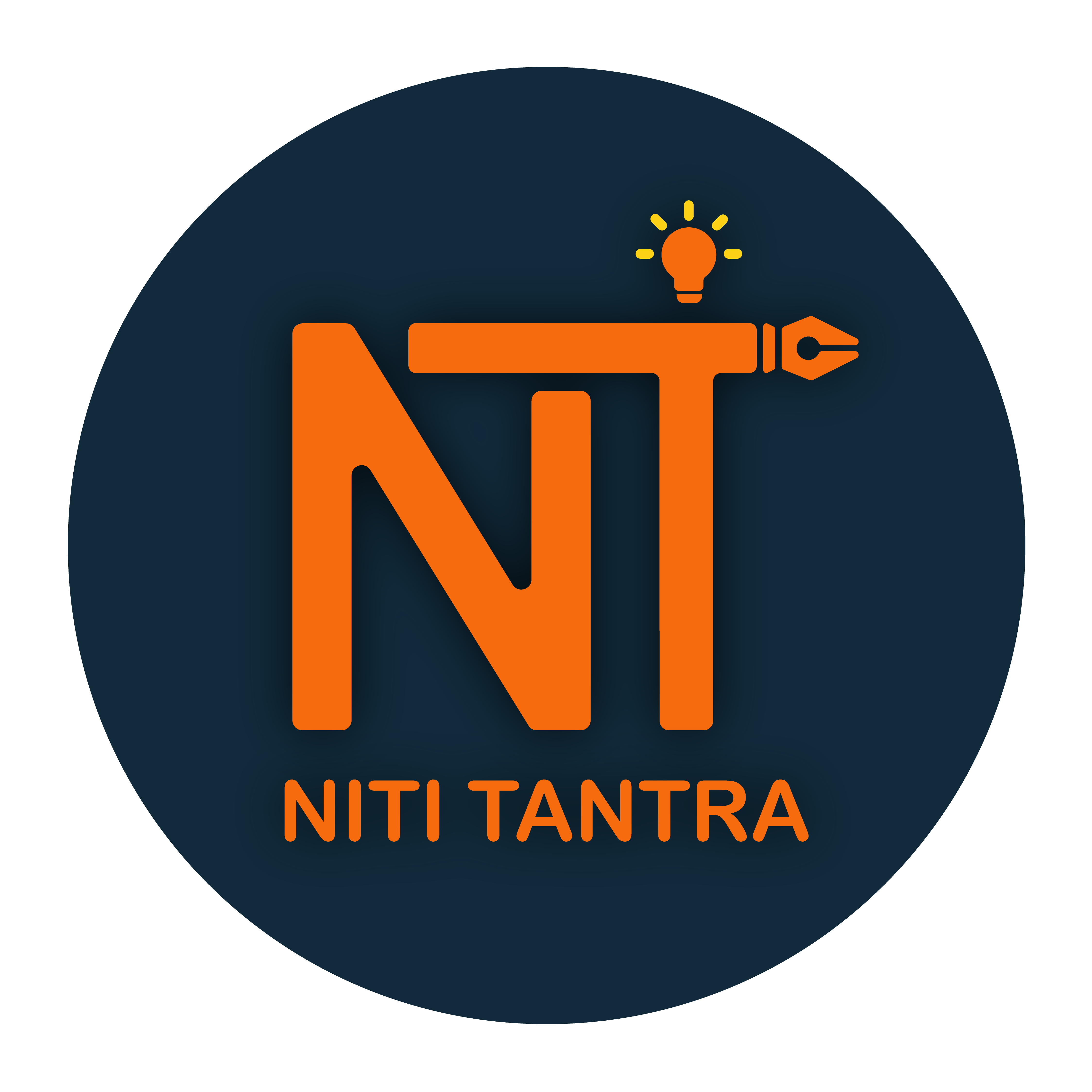In 1991, India witnessed its most breakthrough moment in the history of economic reforms also known as ‘The 1991 Economic Reform’. These reforms were initiated by the then Finance Minister Dr. Manmohan Singh, under the leadership of Prime Minister P.V. Narasimha Rao. The key aspects of these reforms included Liberalization, Privatization, and Globalization (LPG) reforms. The restructuring of tax systems, such as service tax, occurred as a part of economic reforms. In 2005, VAT (Value Addition Tax) was introduced to abolish the tax cascading (tax-on-tax) effect caused by Sales Tax. The economy system became more streamlined when GST (Goods and Service Tax) was implemented in 2017. GST replaced multiple indirect taxes like VAT, excise, service tax, CST, etc., with a single tax, ensuring uniformity in the taxation system. GST is a comprehensive and destination-based indirect tax. Infosys has developed the GST Portal, which has eased the filing of GST returns ahead of due dates. The government of India also introduced E-way bills on the GST portal. E-way bills are electronic documents required to move goods worth above ₹50,000 in India.
The finance minister of India presented “The Union Budget 2024,” which primarily aims to simplify the complex tax slabs. Indian taxpayers, especially those hailing from rural areas, have little knowledge about tax deductions, exemptions, and refunds, which hinders the overall tax filing process and ultimately can lead to failure in savings. According to recent data provided by Govt. of India, “The Income-tax Department has recorded a surge in the filing of Income-tax Returns (ITRs), resulting in a new record of 8.18 crore ITRs for 2023-2024 filed as against 7.51 crore ITRs filed upto 31.12.2022. This is 9% more than the total ITRs filed for A.Y. 2022-23. In the financial year 2023-24, less than 6% of India’s population, which stands at around 1.4 billion, filed income tax returns (ITRs)”. This translates to roughly 8.2 crore taxpayers out of the total population. Most of the population does not fall within the taxable income bracket, with a significant portion of the country’s citizens either earning below the tax threshold or being part of the informal economy.
India, one of the most populated countries, still has a smaller tax base, leading to lesser revenue generation. Different states have different capacities to collect taxes which causes uneven tax revenue across the country. Many people use illegal methods to hide their income and reduce tax burden. There are delays in tax refunds, and the cost of complying with tax regulations, including hiring experts and filing returns, can be expensive for businesses and individuals. The issues related to underreporting of income can cause inefficiency in overall tax collection.
Click Here To Download The Paper


📌Analysis of Bills and Acts
📌 Summary of Reports from Government Agencies
📌 Analysis of Election Manifestos

